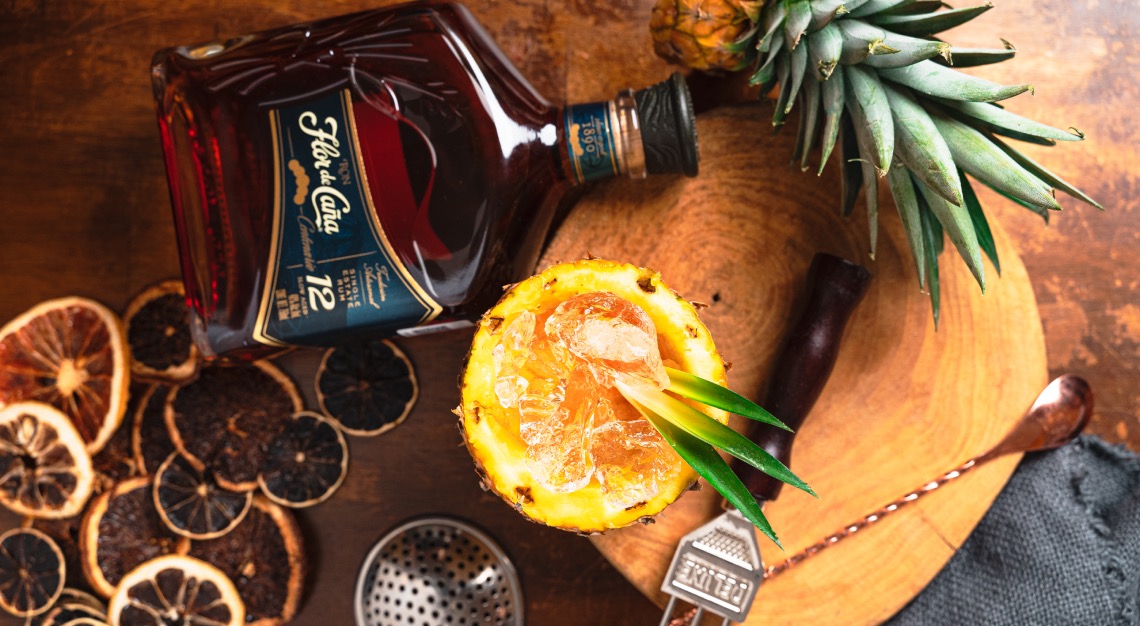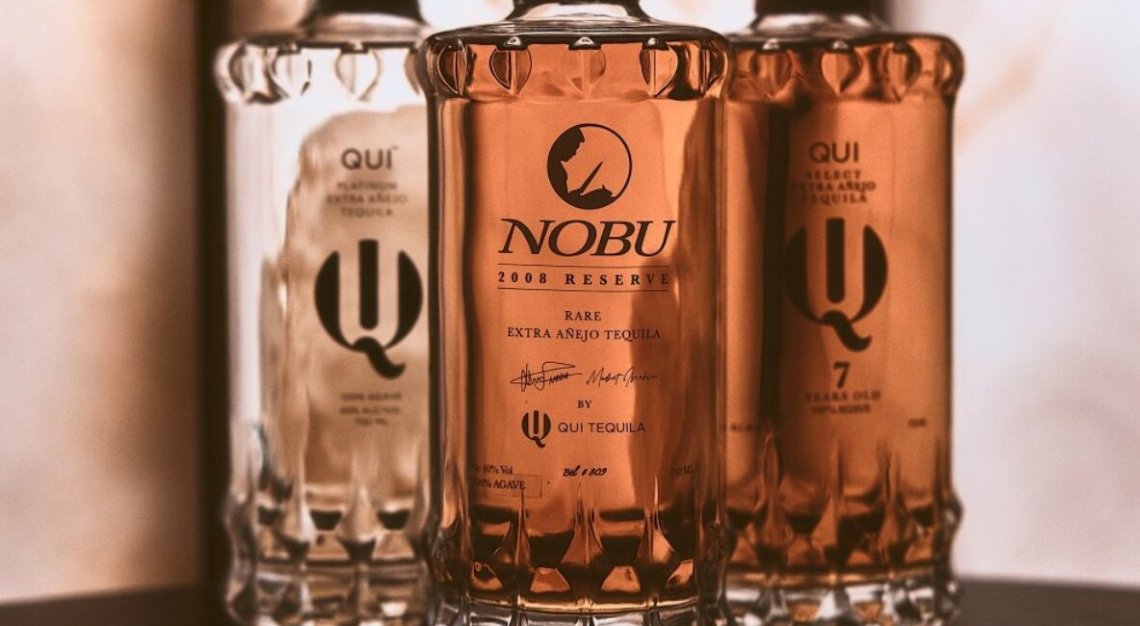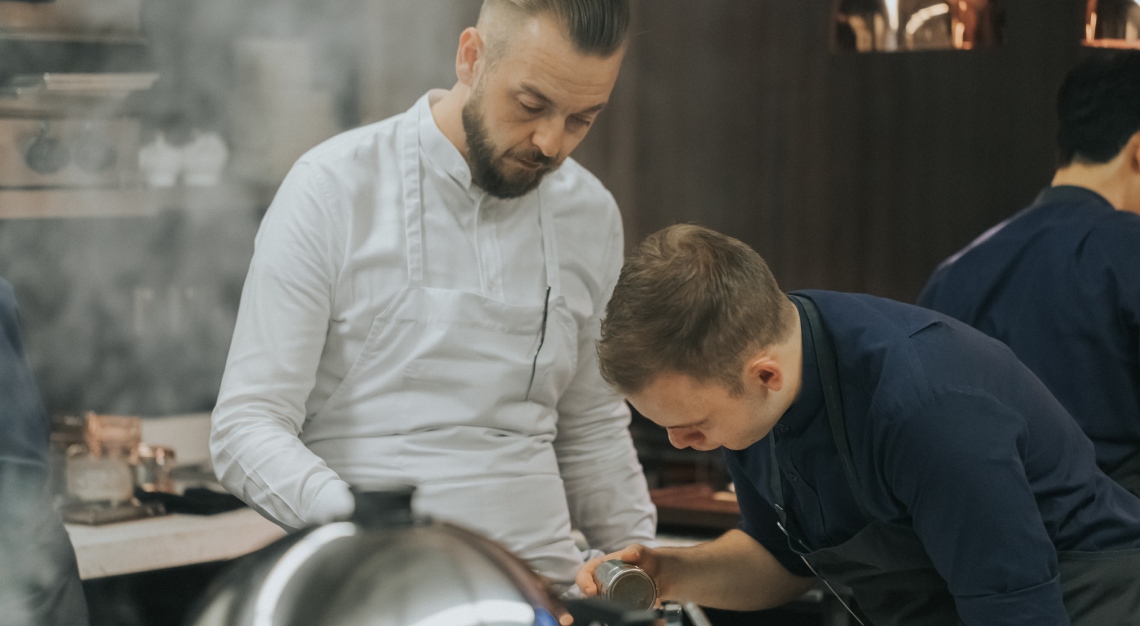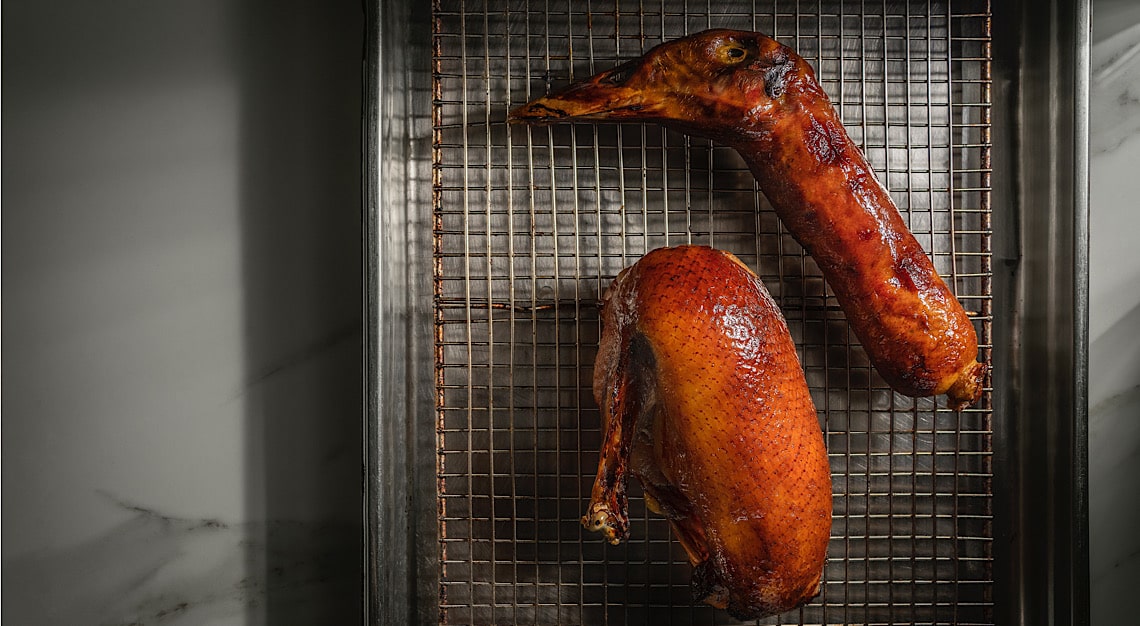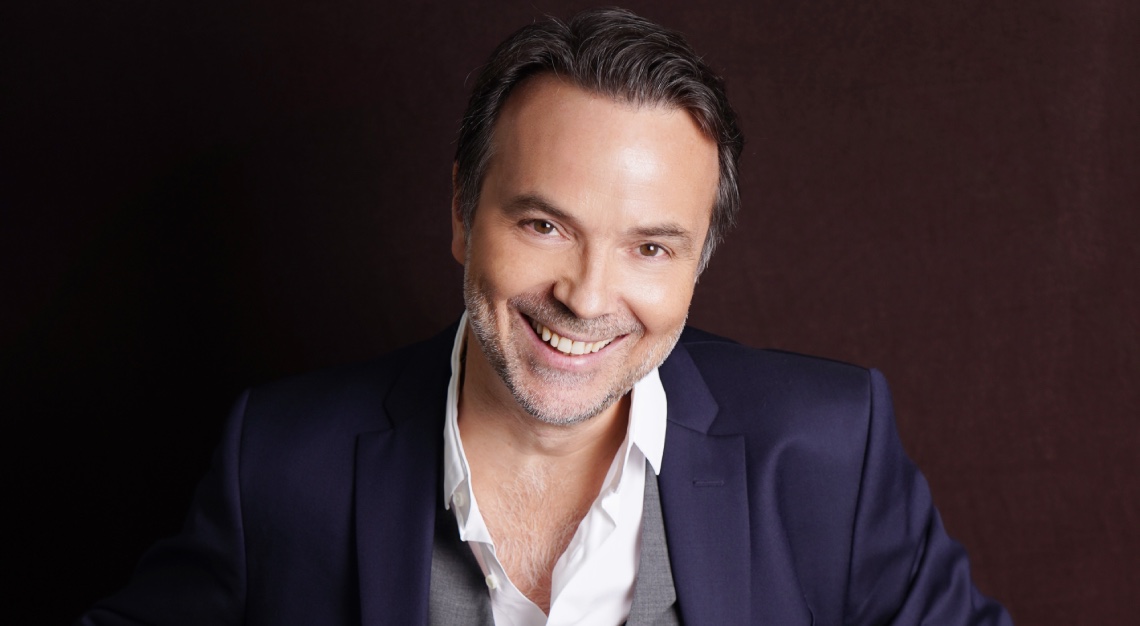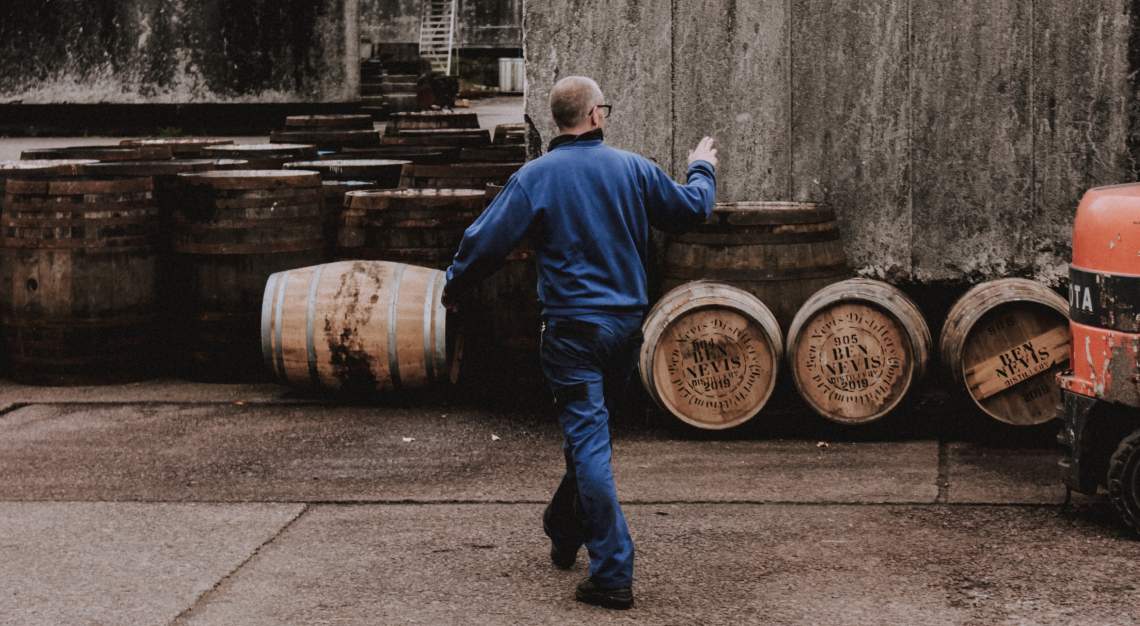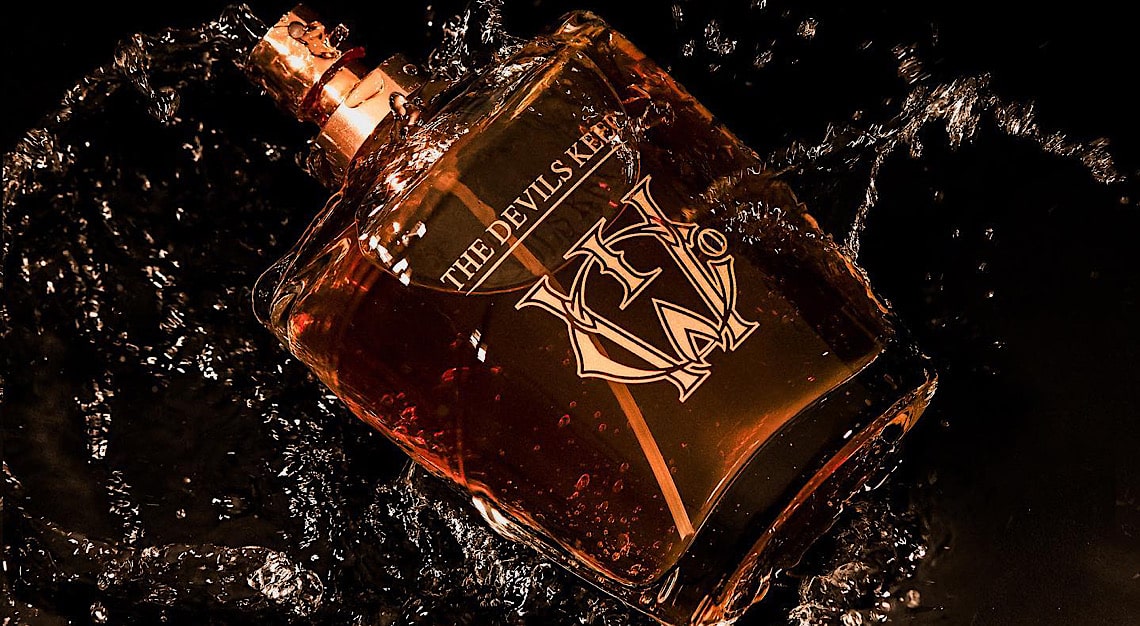Rob Scott, brand ambassador (Southeast Asia) for Flor de Caña, talks about diversity in collecting and why whisky enthusiasts will love rum just as much
When it comes to collecting spirits, rum is often uncharted territory. Unlike aspirational drinks such as whisky and Cognac, rum has long been regarded as the underdog and a poor man’s tipple. But times are changing and rum is finally earning the respect it deserves. To get you started, we spoke with Rob Scott, the brand ambassador (Southeast Asia) for Flor de Caña, a sugar-free rum from Nicaragua that’s distilled solely with renewable energy and naturally aged in bourbon barrels. The brand has been perfecting its craft for 130 years through five family generations and achieved its carbon-neutral status in June this year. Here, Scott talks about diversity in a collection and why whisky enthusiasts will love rum just as much.
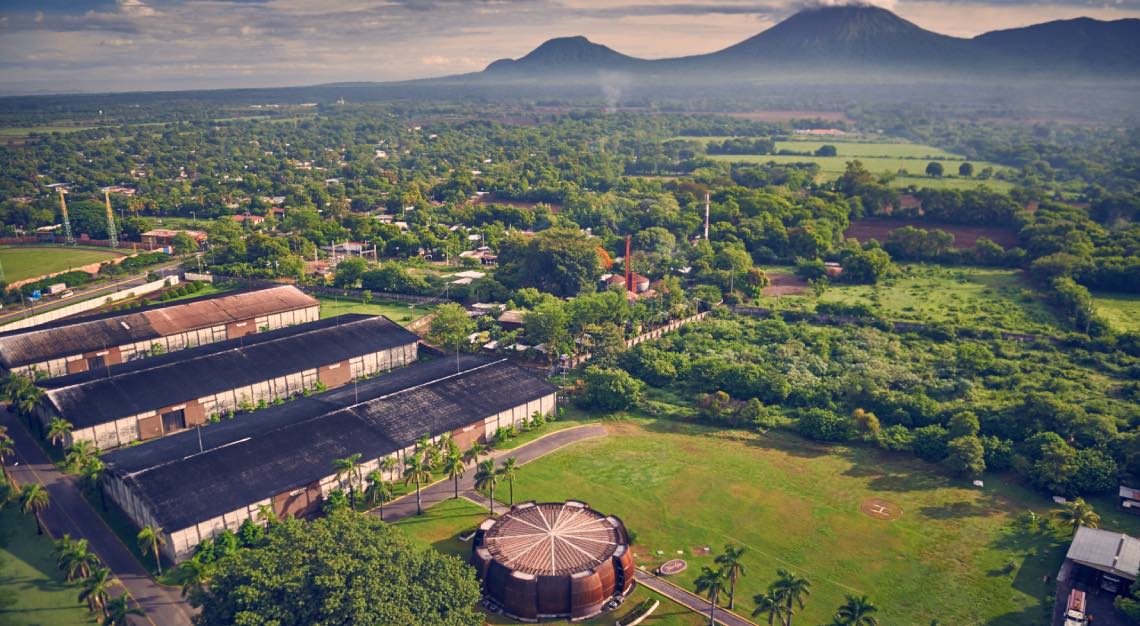
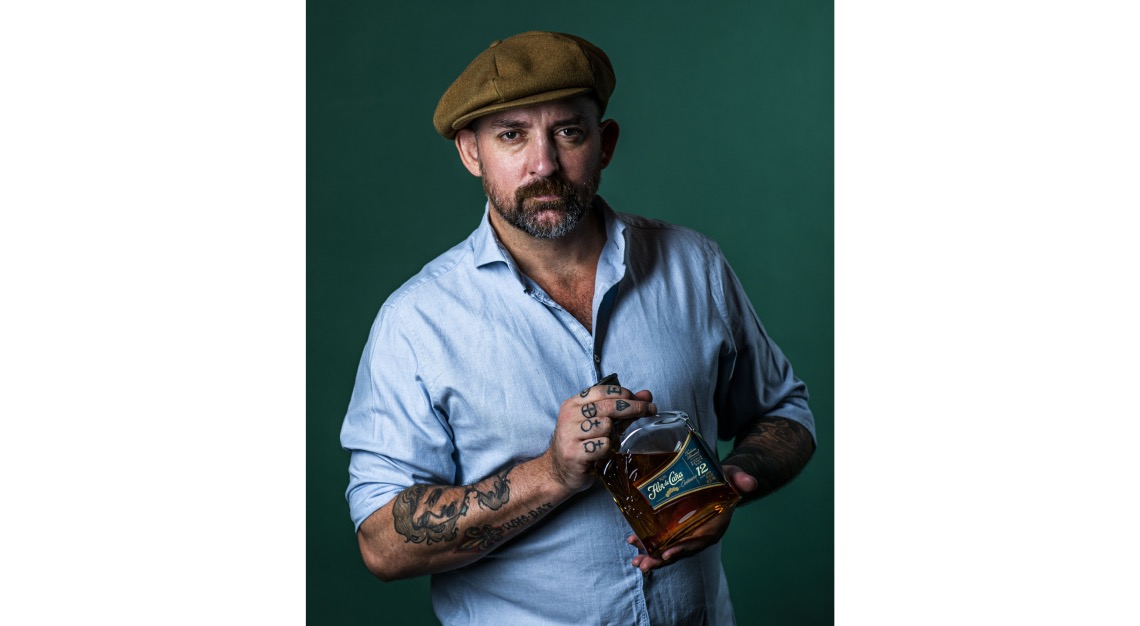
Is premium rum the next big thing, after whisky?
Global growth figures show that rum is on an upward trend, particularly in Southeast Asia. The biggest change I’ve witnessed is that it’s starting to be seen by the industry and consumers in a new light as premium. For years, younger expressions have mostly been used as mixers, (but) brands are developing more luxury options as the public moves towards appreciating quality more than quantity. There are also a lot more appreciation groups and events focusing on the category, such as Rum Bellion and The Rum Cartel in Singapore.
In terms of demand, why has rum been lagging behind spirits such as whisky and Cognac for so long?
Its perception has, of course, been affected by its history and a lot of this has to do with demographics and price. The production of rum was largely initiated by sugar-producing colonies and the spirit was often rationed out to sailors. It was even used as a source of payment for colonial settlers during a time when whisky and Cognac already had strong existing historical legacies in place. During the Prohibition era, it was smuggled into the US to replace local and imported whiskies, and after World War II, it was championed as a cocktail mixer among many themed venues such as tiki bars.
People are often inclined to see value in monetary demand. If the price is low, it’s not seen as being on par with another spirit of a higher price. However, in this modern age, we are recognising more value in the quality of the product. In terms of price-quality at the moment, there are many rums priced at a steal compared to respected whisky and Cognac brands.
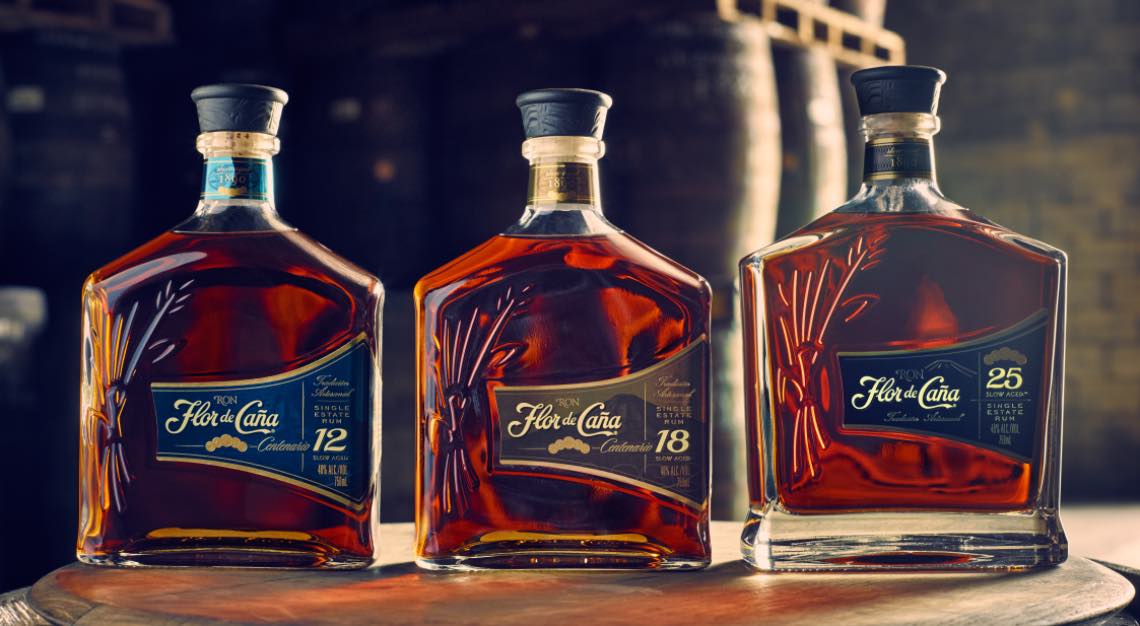
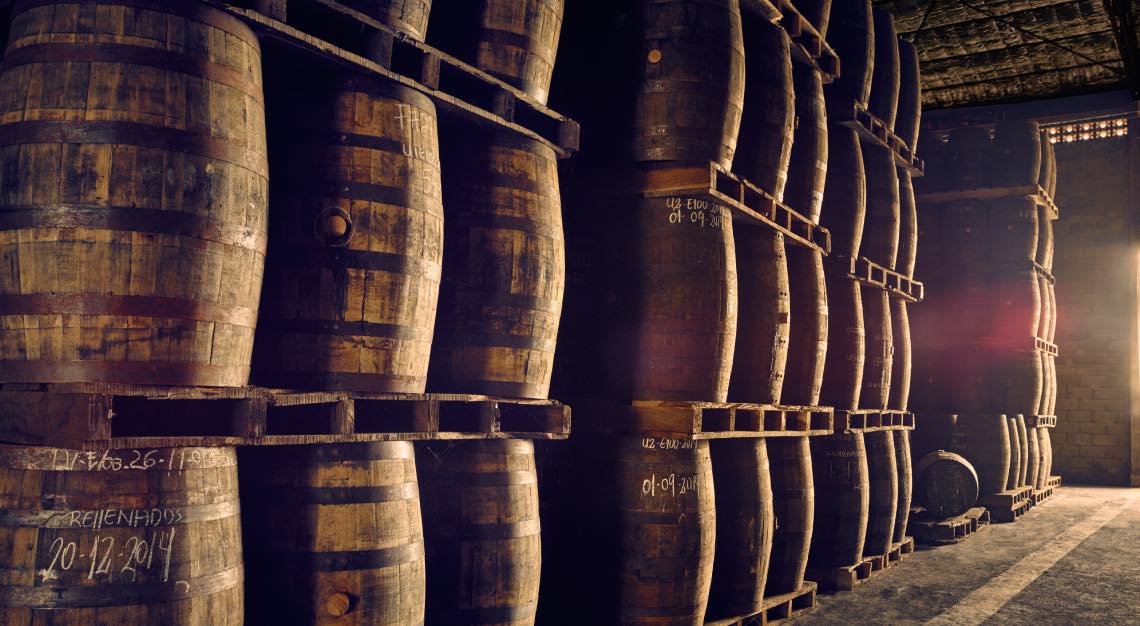
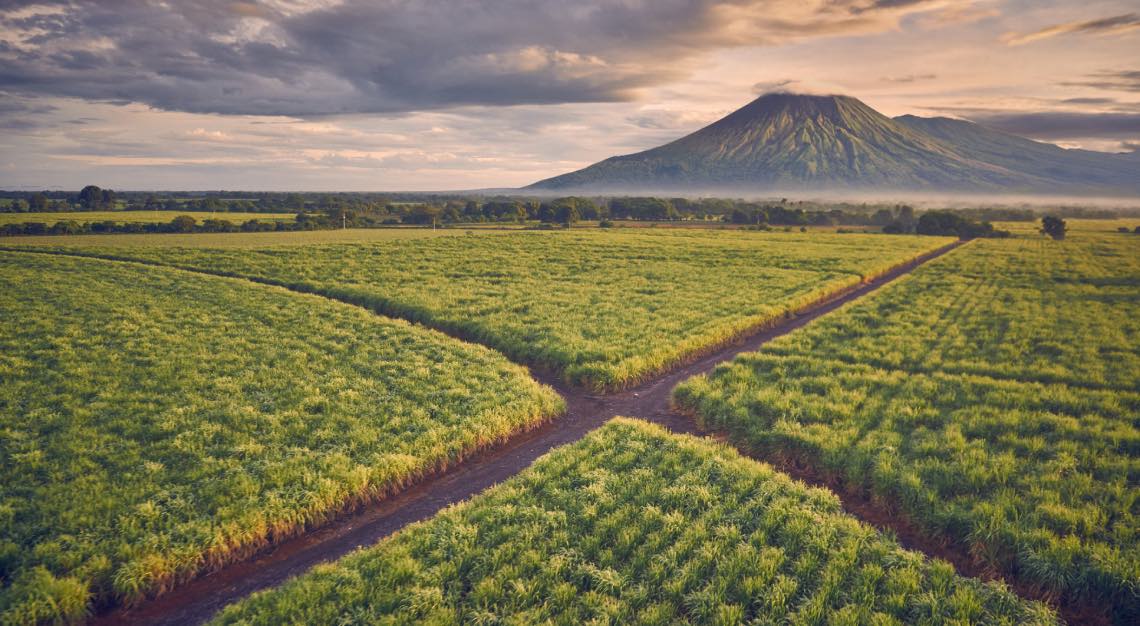
What should every aspiring collector know about rum?
A collector should always want a rounded collection, without missing out on any key subcategories. With the regulations on rum being defined by national law and not a global governing body, it has allowed for great diversity in production and end results. I collect rums from the major categories of styles – Spanish, English, French, column or pot still – focusing on individual countries of origin within those categories.
What advice do you have for someone hoping to start a rum collection?
If you’re going to put one aside for your collection, make sure you get another for opening. No one wants to be that person who has it but has never tried it. And don’t be that person who buys all 10 bottles available just to instantly resell on an auction site. Lastly, be aware of your general rum history so you can round out the styles within your collection.
What is it about rum (or aged rum, perhaps) that whisky lovers can relate to?
I have met a lot of whisky enthusiasts who have either branched into or been converted to rum. Aged spirits of all varieties have a lot in common, and after all, variety is the spice of life. Rum and whisky are largely aged in ex-American bourbon casks, and the cask itself is responsible for imparting a large part of the flavour profile. Flor de Caña, for instance, is aged with no additives and contains zero per cent sugar. As a result, it is rather dry and of a similar palate weight to many whiskies currently popular in the market.
What would your personal focus be when it comes to collecting rum?
I am a big lover of single cask, cask-strength expressions. To me, it really shows the quality of the production process. The science geek in me also enjoys unaged rums that showcase the quality of the spirit before the effects of the barrel ageing start to take place. There is so much art to know, from sugar extraction to distillation.
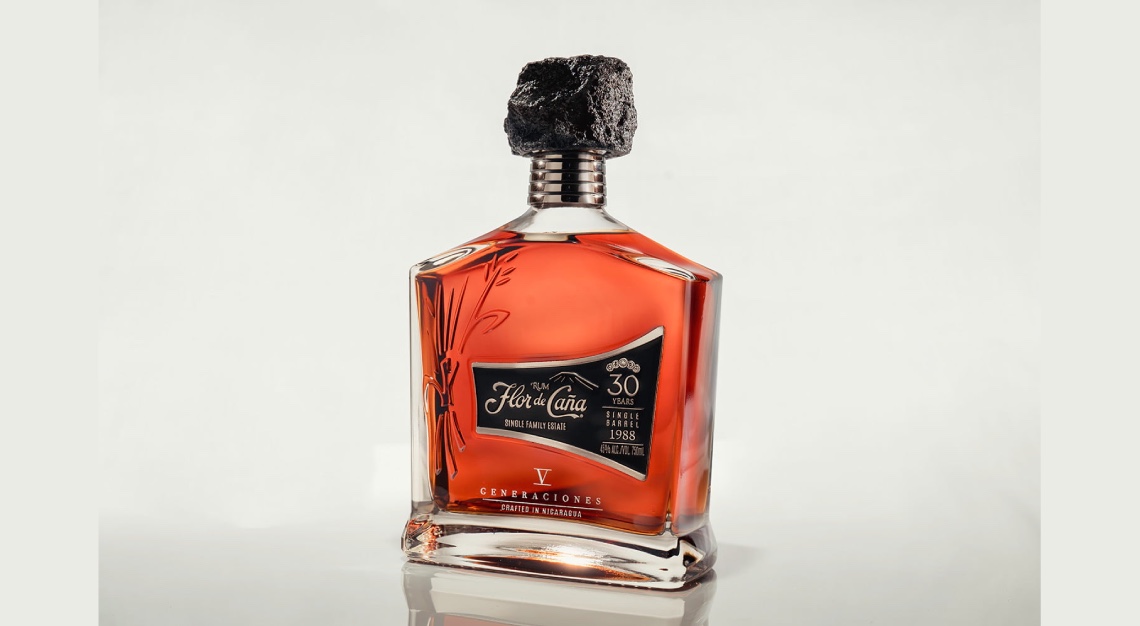
What advice do you have for someone hoping to make money out of his collection?
Distillery exclusives, one-off independent bottlings and single cask expressions are often a great way to go if you’re looking for a fast increase in value. If you have a regular official bottling, it could raise in value over a very long period of time as an ‘antique’ or discontinued bottling.
How do you reconcile this conflict – people collecting premium spirits only to have them shelved instead of being drunk?
In all honesty, investments may be interesting but often not major gains, as there are other ways to invest for better returns. That being said, those who do collect for investment generally do so out of an already existing appreciation for the spirit. If it’s your hobby, then go for it. It all depends on where you place your value. For me, I get more value and enjoyment from sharing the experience of a new bottle with friends or new acquaintances.
What is the best way to store rum?
In your glass, mouth and stomach. Seriously though, for as long as you can, avoid sunlight and try to use shrink-wrap (or Parafilm) over the cork and neck of the bottle to avoid any further loss of alcohol. Old bottles should always be checked for a ‘fill or wash line’. If the line has dropped, the quality of the spirit will be decreased. Lastly, always store the bottle standing up otherwise the cork will deteriorate.
Where in Singapore can we drink rare rum?
My favourite spots are Origin Bar, Lime House Caribbean, The Bar at 15 Stamford, Taki Taki and The Auld Alliance.
This story first appeared in the July 2020 issue, which you may purchase as a hard or digital copy
